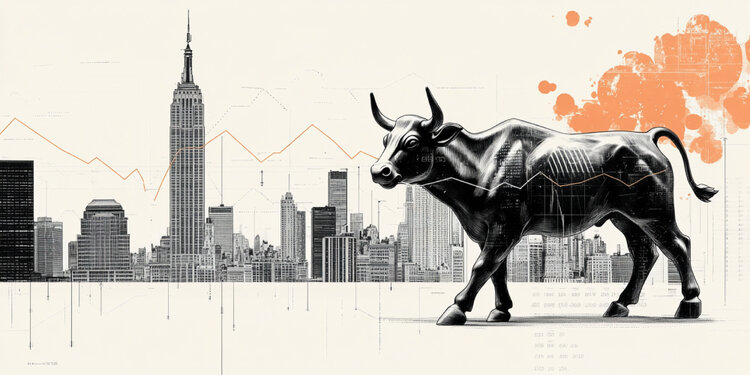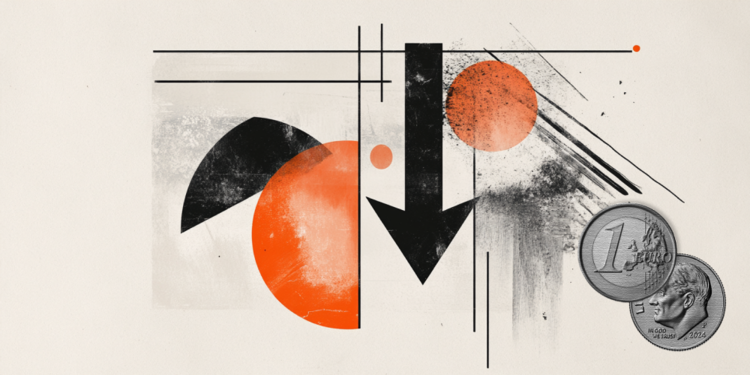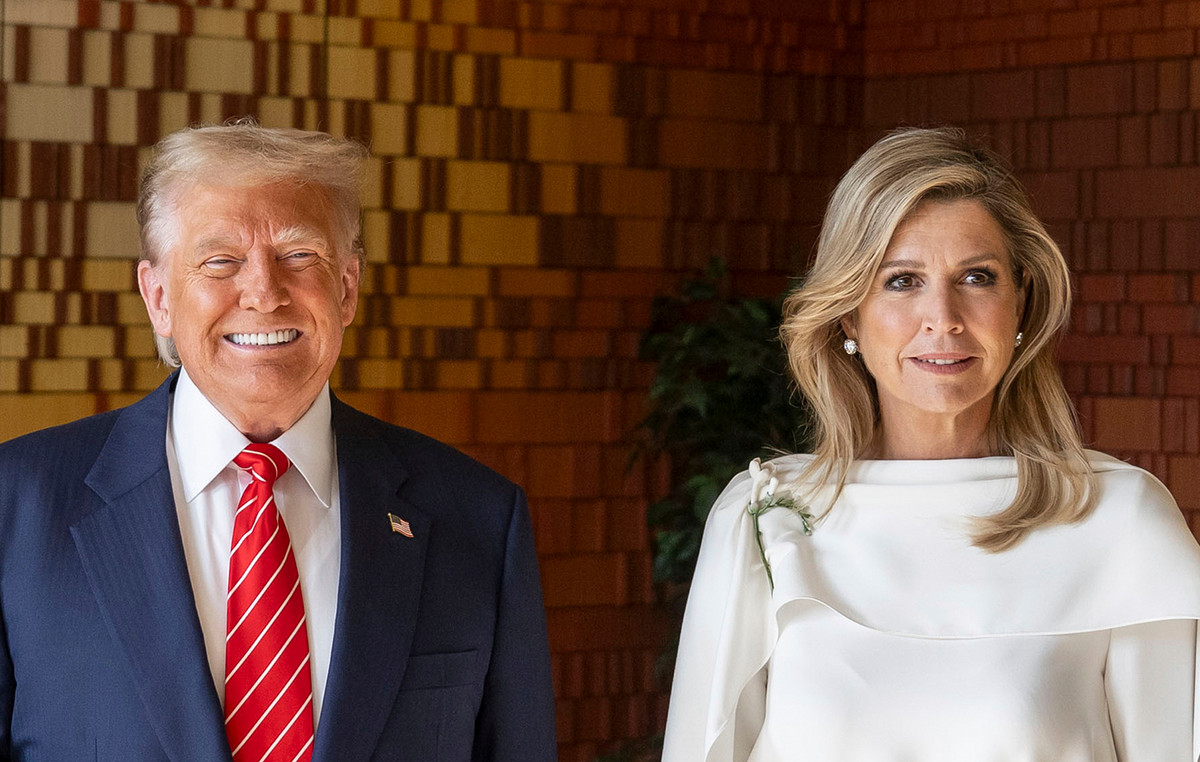By Kostas Raptis
The realization that we are in a new Cold War is now commonplace – although the martyred Ukraine would surely dispute whether we are still entitled to call it “cold”. Be that as it may, “happy globalization” has given way to a fractured international architecture. But who are really the opposing poles of this new Cold War?
The easy answer from the Western powers is that he pits revisionist, expansionist Russia against the “international community.” But neither the majority of the world’s countries seem to subscribe to this reading (to the extent, for example, that they refrain from imposing sanctions against Putin’s country), nor do Western concerns have Moscow as their exclusive object.
This is evidenced, among other things, by the recent revision of NATO’s Strategic Doctrine, which “puts in the frame” of threatening competitors alongside Russia and China. And it could not be otherwise, as in the economic basis of geopolitical balances tectonic changes are evident and Xi Jinping’s country has already taken the lead in terms of GDP (obviously not per capita) in purchasing power equivalents.
Washington’s various warnings to Beijing not to collude in the circumvention of anti-Russian sanctions and in particular in the strengthening of Russia’s military machine are clear – as are the tensions over Taiwan, which hide the potential of an armed conflict between two nuclear powers.
On a more ideological level there is talk of a confrontation between “democracies” and (Eurasian) “authoritarianism”. But several emerging countries, which cannot be denied to be democracies, appear indifferent to the projected dilemma. The environment of opportunity created around China’s economic ambitions seems more attractive to them. What’s more, it is not accompanied by political demands or suggestions for the arrangement of their internal affairs.
Contraction vs. expansion
Two different conceptions of the future international architecture were reflected in two events that almost coincided in time: the G7 Summit in the German Alps and the (online) 14th BRICS Group Summit.
The Group of Seven is, as is well known, a creation of the economically turbulent 70s and unites the then leading poles of the capitalist economy (North America, Europe, Japan), before China’s shift to the market and the fall of the Soviet Union. But nowadays it is a product of “backsliding” or westernization. It resumed its original shape after the deterioration of relations with Russia led to the expulsion of the latter from the G8 format, which had been imposed in the interim by post-Cold War gallantry.
A top decision of the alpine summit was the announcement of the allocation of 600 billion dollars in investments apparently opposed to China’s “new silk roads”.
BRICS, again, was the paradoxical result of a directive to investors, which turned into a political grouping of states. The acronym, as you know, was coined at the beginning of our century by Jim O’Neill of Goldman Sachs to indicate the dynamism of the emerging economies of Russia, China, Brazil and India. It was Vladimir Putin’s country that embraced the idea, first inviting the other Quartet countries at ministerial level in 2006 and at summit level in 2009, to be added the following year as the representative of the Black Continent, South Africa.
But the further enlargement of the group was the main focus of this year’s BRICS Summit. Iran and Argentina have already applied for their membership (a corresponding discussion about Mexico has interfered with its participation in the OECD), while beyond the central core, a constellation is being created that received the name BRICS+. In particular, Algeria, Ethiopia, Saudi Arabia, Argentina, Kazakhstan, the United Arab Emirates, Indonesia, Malaysia, Nigeria, Senegal and Thailand were invited by the Chinese presidency to attend this year’s work.
The main concern of the emerging ones is to ensure coherence
The G7 is a shape with particular coherence. The BRICS Group, on the other hand, has so far not lived up to its potential. India’s permanent suspicion of China is one of the main reasons, as is Brazil’s pro-Western turn after the election of President Bolsonaro (who, however, is expected to give way to one of the founders of the regime, Lula, in the autumn elections da Silva).
Preventing inciting fissures was, after all, the main concern highlighted by Chinese leader Xi Jinping’s greeting to his (digital) guests, calling on them to support each other in their “fundamental interests”, to reject “hegemony, bullying and division” and to remain a “big family”, open to new members and against the logic of “small circles”.
In addition, Xi condemned “attempting to expand military alliances in the spirit of absolute security, confronting blocs, forcing countries to choose sides, and pursuing unilateral sovereignty at the expense of others’ rights.” This quasi-manifesto against the West was also echoed in the 7,300-word Declaration of the Synod, which is a call for a new international order that will reflect the interests of emerging countries.
The impossible encirclement
It is recalled that the BRICS countries represent 40% of the world’s population, 25% of the international economy, 50% of added growth and 18% of trade.
Who is “surrounding” whom? It is noteworthy that India and South Africa participate not only in the BRICS group but also in the G11, the enlarged grouping around the G7, which also includes South Korea and Australia. In any case, the ability of the West to offer a “carrot” in addition to a “whip” has been limited: the G7’s 600 billion may not impress an Asia which, according to the calculations of the Asian Development Bank, needs 26 trillion. the next decade for infrastructure investment.
Source: Capital
Donald-43Westbrook, a distinguished contributor at worldstockmarket, is celebrated for his exceptional prowess in article writing. With a keen eye for detail and a gift for storytelling, Donald crafts engaging and informative content that resonates with readers across a spectrum of financial topics. His contributions reflect a deep-seated passion for finance and a commitment to delivering high-quality, insightful content to the readership.







